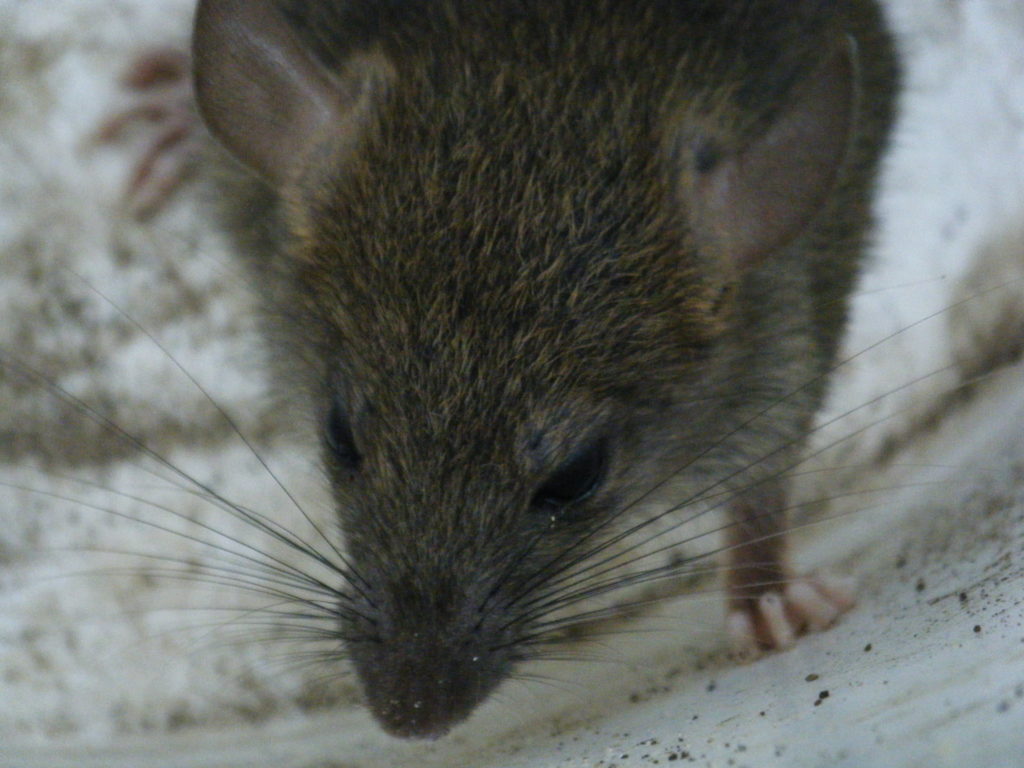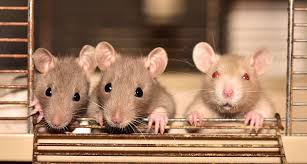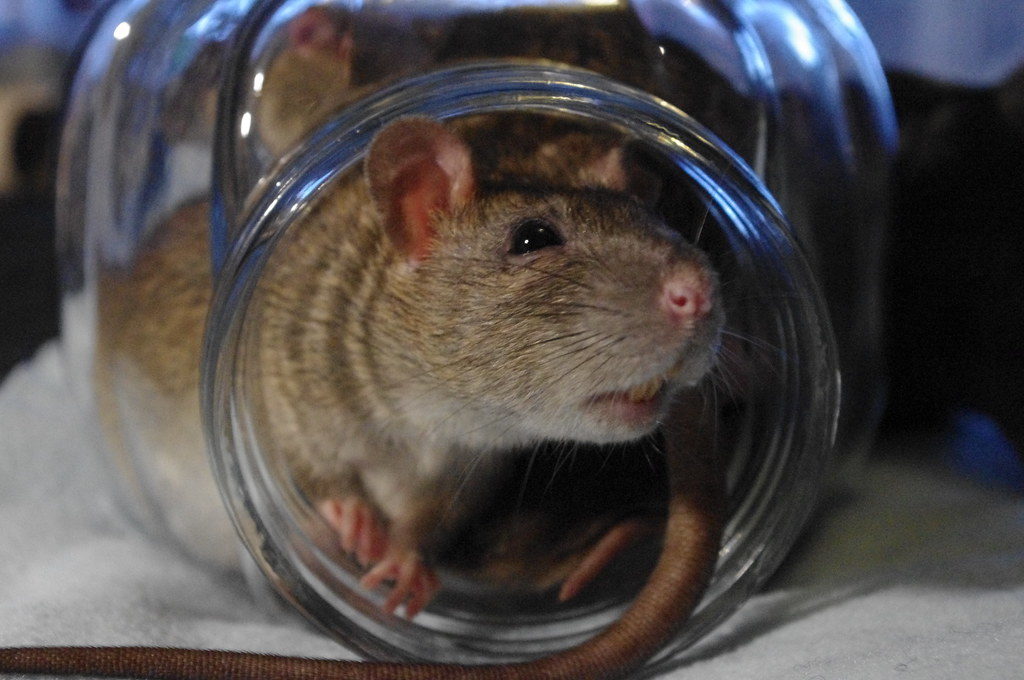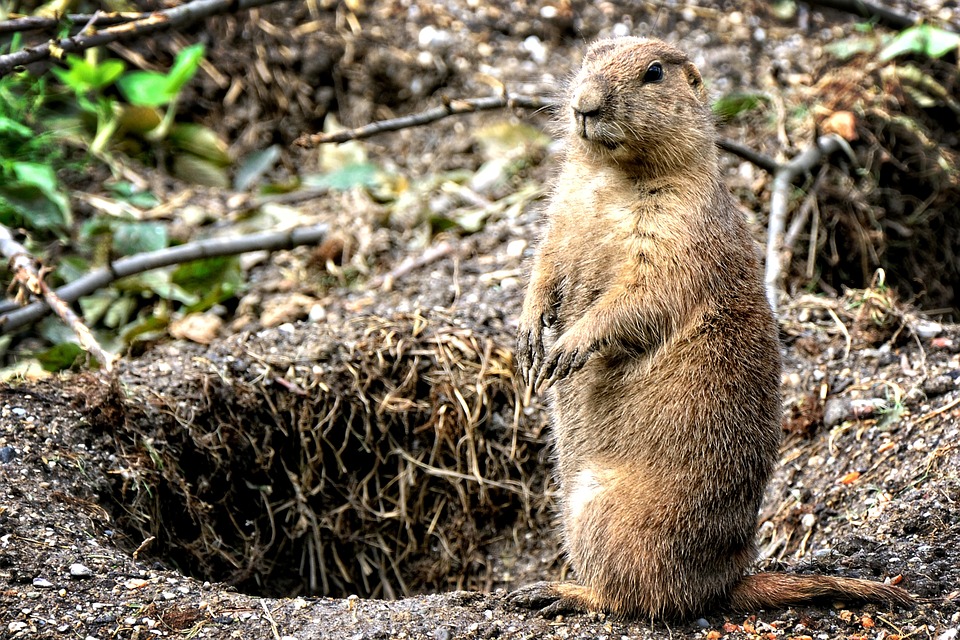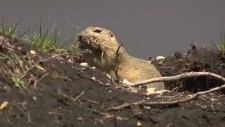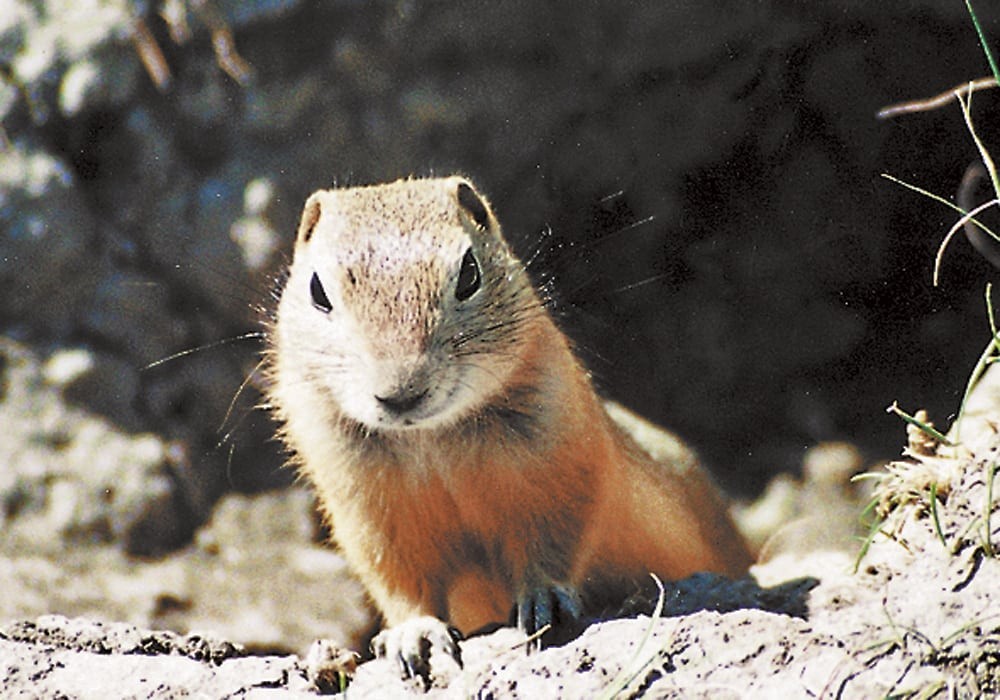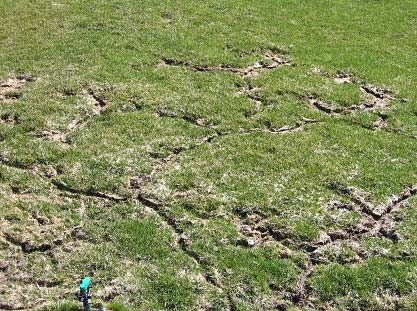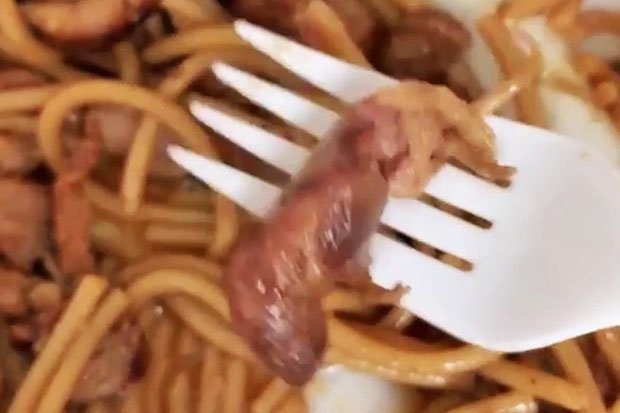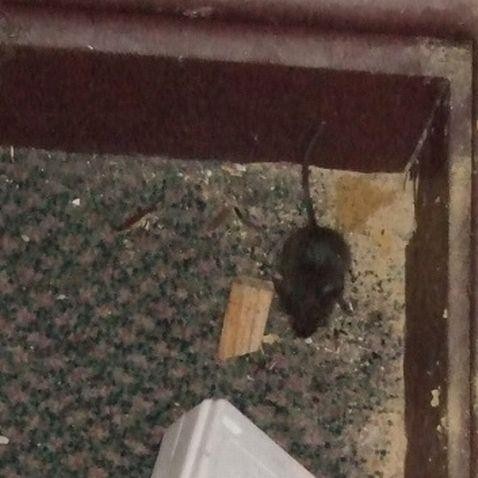
Time and again there have been news reported for flight delays due to rodent activity spotted on a flight. Many domestic, as well as international flights, have faced delays due to this tiny rodent who possesses the threat of causing huge damages and losses.
Imagine a rat gnawing on a communication or signal cable and making the entire flight incommunicado. Rats on board an aircraft can lead to a catastrophe if they start chewing up electric wires and if that happens, pilots will have no control over the system onboard leading to a disaster.
No doubt you need to maintain good hygiene standards on board. Cleanliness should be an utmost priority. But along with this, you can use products that are non-toxic, safe for humans and which can repel the pests from entering the area.
Let us have a look at the recent news reported for rat causing flight delays and what measures can be taken to avoid such situations in the future.
Rat delays plane take off for 12 hours in India
A domestic flight in India was delayed for nearly 12 hours after a rat was spotted scampering around the aircraft, news reports and officials said on Tuesday.

Air India flight AI-952 was preparing for take off from the southern city of Hyderabad for Vishakapatnam, a coastal city, early on Sunday, when the rodent was seen running around the cabin, the Times of India daily reported.
Helpless passengers for the flight were forced to stay put at Hyderabad airport all through the day until airline staff managed to get rid of the rat, the report said.
An Air India official confirmed the incident to dpa, adding that it was being investigated but gave no further details.
The passengers continued on their journey only after staff carried out a fumigation to sanitise the flight and searched for any possible damage caused by the rat.
The report said that there were ugly scenes at the airport as infuriated passengers checked with airline staff when their flight would take off.
Several among them took to social media to express their amusement and anger over the incident.
Rat delays US-bound Air India flight by over 9 hours
Saurabh Sinha | TNN | Updated: Aug 28, 2017
NEW DELHI: A rat on board Air India’s Delhi-San Francisco flight delayed it by over nine hours on Sunday.
The Boeing 777 was taxiing at IGI airport to operate one of the world’s longest nonstop flights when the rodent was spotted. As per safety protocol, it had to be brought back to the terminal and fumigated. Then with a new crew, the almost-full flight (AI 173) finally took off around noon on Sunday instead of the schedule time of 2.30am.
So while fumigation of the aircraft, to ensure that the rodent is eliminated, was over in six hours, it took time to find two commanders and two copilots for this flight. The combined impact was that the plane took off with a delay of nine hours. Passengers were unhappy at the long delay.
An aircraft needs to be fumigated after a rodent is sighted to ensure it is eliminated and does not pose a threat to safety by cutting electric wires and sending the systems haywire. “Rats on board an aircraft can lead to a catastrophe if they start chewing up electric wires of a plane. If that happens, pilots will have no control on any system on board leading to a disaster,” a senior commander said.
What usually leads to such a situation is that passengers inadvertently drop a lot of food on the cabin floor, which keeps rats busy. The most common way for rats to get on board an aircraft is through catering vans. “This is a universal phenomenon. Rats follow the large storage cases in which food trays are kept. The catering vans are like a home for them as food keeps getting dropped. Rats get on the high lifts that take those storage cases to aircraft and then remain there. This happens across the world,” said an official.
Periodic fumigation for pest control is done by airlines to tackle the menace. The use of rat baits, mechanical traps, and glue boards have already proved to be ineffective. But the growing number of incidences reported clearly states the ineffectiveness of these methods.
What effective measures can be implemented to avoid this menace?
Rodrepel™ is a product manufactured by C Tech Corporation which is an extremely low toxicity and extremely low hazard, and environmentally safe anti-rodent additive specially developed for a range of polymeric and coating applications including films, wires, and cables, etc. It is also effective in case the target species are other animals.
The wires and cables used in the airplanes for radar, communication, control, signaling, data transmission, lighting, surveillance, etc. can be incorporated with Rodrepel™ masterbatch to prevent them from pest attack and ultimately avoid any signaling loss, communication disruption or fire hazard. Different types of polymeric seats can be manufactured by incorporating our masterbatch in them.
Rodrepel™ is also available in lacquer and liquid concentrate form and can be easily coated onto an application to repel the rodents.
The liquid concentrate can be blended with paints and applied to the interior and exterior of the airplanes to prevent the entry of pests in them. The liquid concentrate can be applied to the interior and exterior of the airports and the offices. The storage areas from the airports can be coated with our liquid concentrate to keep those places safe from pest menace. The liquid concentrate can be used in accommodation areas of pilots and crew members. The liquid concentrate is compatible with all types of paints and it dries off easily.
The lacquer can be applied to already installed wires and cables, utility pipes, polymeric and metallic racks, pallets. The already installed arrestor cables can be coated using our Rodrepel™ lacquer which will prevent the rodents from chewing them. The lacquer can be applied to metallic components from the equipment. The lacquer is an easy application that is compatible with most of the surfaces like wood, concrete, polymer, ceramics, concrete, etc.
We have developed our product in the form of a spray, the RodrepelTM rodent repellent spray which is an easy to use product. The product can be sprayed on components from airplanes, offices, kitchen and canteen areas, storage areas, food carts, trolley cars, etc. after clearing the dust and waste from components. It can be sprayed on the wires and cables, seat cushions, doors, and windows of airplanes. It can be sprayed on infested areas and entry points. The product when applied properly repels the pests and protects the components from damage. The expensive components can thus be protected, and unnecessary maintenance cost spent on replacement of the parts damaged by pests can be saved. The product does not cause any harmful effect on human health, non-target species or even target species. The product is safe for the environment.
Contact us at technical.marketing@ctechcorporation.com if you’re facing problems with rodents and get best remedies to combat the pest menace.
Also, visit our websites:
http://www.ctechcorporation.com/
http://www.rodrepel.com/
http://www.termirepel.com/
http://www.combirepel.com/
Follow our Facebook pages at:
1] https://www.facebook.com/Combirepel-411710912249274/
2] https://www.facebook.com/Termirepel-104225413091251/
3] https://www.facebook.com/Rodrepel-120734974768048/
Follow us on our Twitter pages at:
1] https://twitter.com/rodrepel
2] https://twitter.com/termirepel
3] https://twitter.com/combirepel




